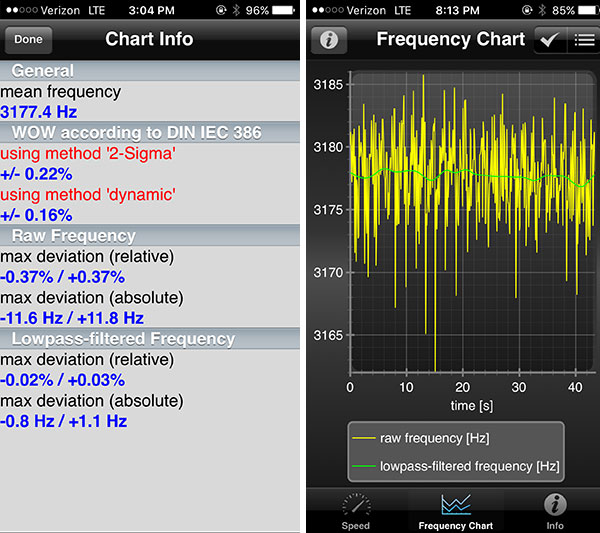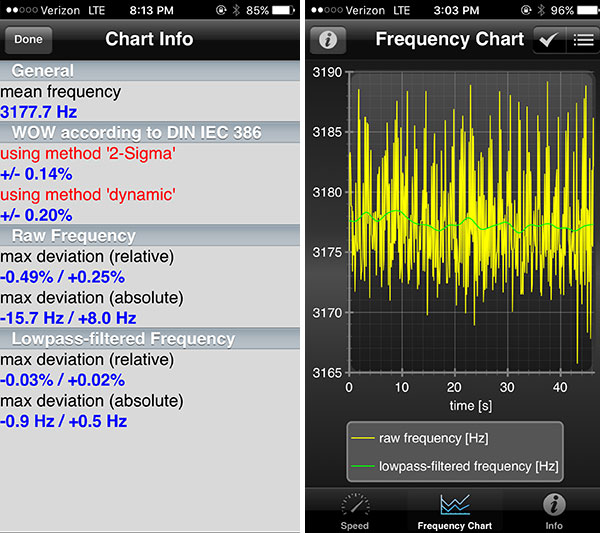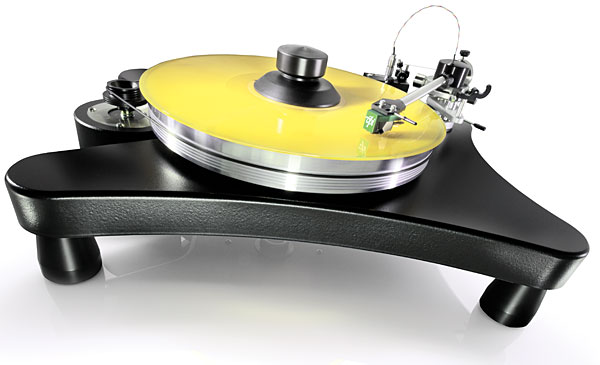| Columns Retired Columns & Blogs |
Thanks for the insightful review- really, I mean it- but now one is forced to ask, how you’d describe the differences between a KT 88, 6L6, and EL34? Or more precisely, between at 6L6 and EL34?
Or, even more precisely, an EL34 and a KT77.
I get the EL84 reference.











































